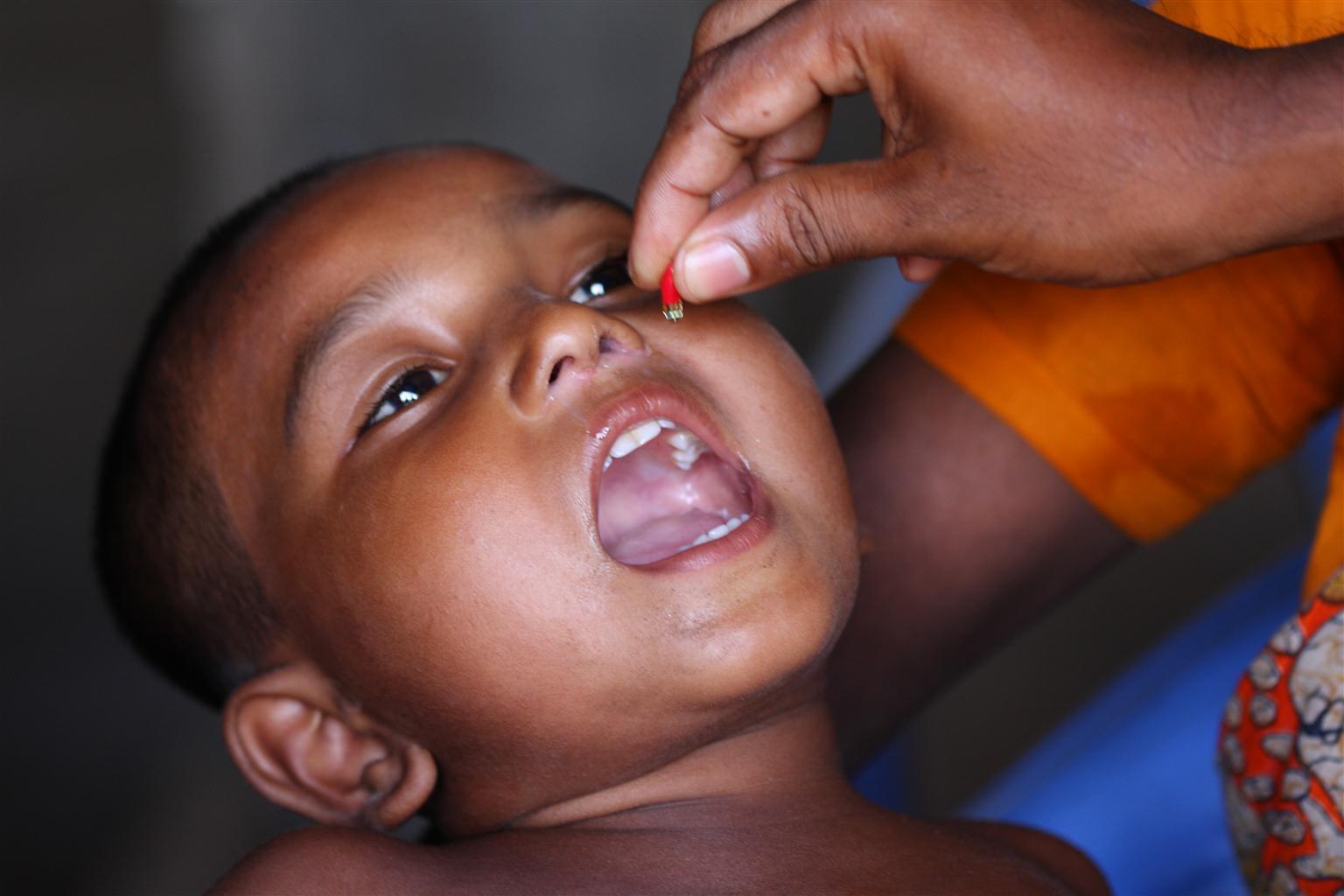Vitamin A, a fat-soluble vitamin, serves many important purposes in the body. Its functions include good vision, improved immune system, reproduction and overall great skin health.
Its deficiency is rare in developed countries but greater in developing countries. Individuals with the greatest risk include pregnant women, infants and children, breastfeeding mothers, and people with cystic fibrosis and chronic diarrhea.
For children, vitamin A deficiency can result into a severe visual impairment/blindness and cause a significant increase in the risk of chronic illnesses. It also causes death from common early stage/ childhood infections such as diarrhoeal disease and measles.
The prevailing reasons behind vitamin A deficiency in children includes:
- When the mothers themselves are also deficient of the vitamin, it leads to a production of breast milk that is equally low in vitamin A. Thus, the child is fed with little or no amounts of the vitamin.
- Another reason can be traced to how the child’s diet provides too little amounts of the vitamin A. This leads to a situation where the children have to get the vitamin from other sources e.g. multivitamins or supplements. Their diets are mainly carbohydrates or carbohydrate-rich, micro-nutrient-lacking sources. The foods they take contains no beta-carotene (provitamin A) that is supposed to be converted into vitamin A by their bodies.
READ ALSO: 47-Year-Old Man Gets Drunk From Alcohol Produced In His Gut
Delayed growth can also occur in children with the vitamin deficiency. This is due to the fact that the vitamin is important for the proper and strong development of the human body.
To treat and effectively manage this deficiency, vitamin A-rich foods such as mangoes, chicken, eggs, fortified milk, carrots, liver, beef, sweet potatoes and leafy green vegetables should be given to the affected children. Sometimes, daily oral intake of the supplements is required.

